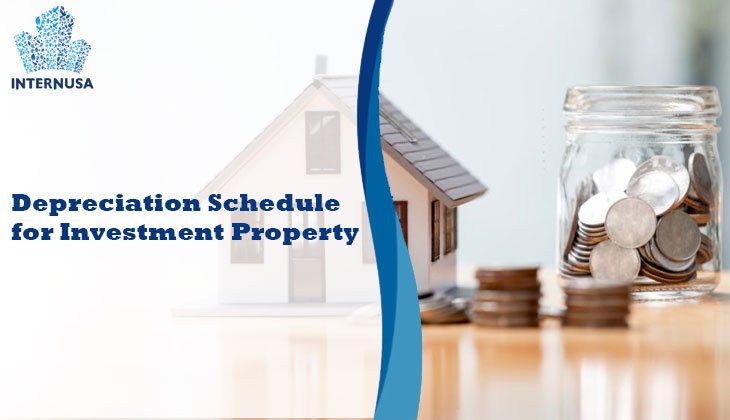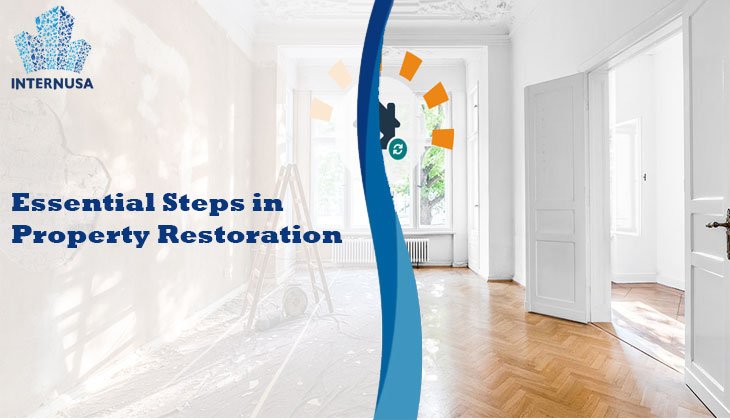Depreciation Schedule for Investment Property
Investing in property is more than just buying real estate and waiting for its value to appreciate. A smart investor knows how to leverage tax strategies to optimize cash flow and increase returns. One of the most powerful yet often overlooked tools in property investment is the depreciation schedule.
In this article, we’ll explore what a depreciation schedule is, how it works, its benefits for investment properties, and practical steps to create one.
What is a Depreciation Schedule?
A depreciation schedule is a detailed report that outlines the tax deductions you can claim on your investment property over its effective life. It includes the decline in value of:
Capital works (the building structure)
Plant and equipment (fixtures, fittings, and appliances)
Tax laws in many countries, including Australia, the UK, and the US, allow property owners to claim these deductions to reduce taxable income. By having a professionally prepared schedule, you ensure you’re maximizing your entitlements.
Why Depreciation Matters for Property Investors
Property depreciation is a non-cash deduction, meaning it doesn’t require you to spend money during the year to claim it. This directly improves your investment’s cash flow.
For example, if your rental property generates $20,000 in income but your depreciation schedule allows you to claim $5,000 in deductions, your taxable income drops to $15,000. This could save you thousands in taxes annually.
Components of a Depreciation Schedule
A comprehensive depreciation schedule usually includes two key categories:
1. Capital Works Deductions
Also called building allowance, this covers the structural elements of the property, such as:
Walls, roofs, and windows
Fixed tiling and flooring
Permanent cabinetry
In Australia, for instance, the deduction rate is typically 2.5% per year over 40 years for properties built after July 1985.
2. Plant and Equipment Deductions
This covers removable assets within the property, such as:
Carpets and blinds
Air conditioning units
Kitchen appliances
These items are depreciated over their individual effective lives, which can vary from 2 to 20 years.
How a Depreciation Schedule Works
The process is straightforward but requires expertise:
Property Inspection – A qualified quantity surveyor inspects your property to identify eligible items.
Asset Valuation – Each item’s value is assessed, and its effective life is determined.
Report Preparation – The surveyor prepares a schedule that outlines yearly deductions.
Tax Filing – You submit the schedule to your accountant to claim deductions.
Benefits of Having a Depreciation Schedule
1. Increased Cash Flow
By reducing taxable income, you pay less in taxes and keep more money in your pocket each year.
2. Maximized Tax Deductions
Without a schedule, you risk missing out on deductions—sometimes worth tens of thousands over the property’s lifetime.
3. Professional Accuracy
Tax authorities require accurate and justifiable claims. A professionally prepared schedule ensures compliance.
4. Long-Term Planning
Having a 40-year projection of deductions helps you forecast future cash flow and plan reinvestments.
Cost vs. Value: Is it Worth It?
A depreciation schedule usually costs between $300 and $800 to prepare, depending on the property’s size and complexity. While this is an upfront expense, it often pays for itself within the first year of tax savings.
For example:
Cost of schedule: $500
First-year depreciation deductions: $4,500
Tax saving at 30% rate: $1,350
The return on investment is clear.
Common Mistakes Investors Make
Not Getting a Schedule – Many investors think it’s unnecessary for older properties, but even partial deductions can add up.
DIY Approach – Tax depreciation rules are complex. Attempting to create your own schedule can lead to mistakes and lost opportunities.
Failing to Update – Renovations and new installations can increase your depreciation claims, but only if your schedule is updated.
Depreciation Schedule in Different Countries
Australia – Quantity surveyors are licensed to prepare schedules; deductions include capital works and plant & equipment.
United States – Depreciation follows the MACRS system (27.5 years for residential, 39 years for commercial).
United Kingdom – Capital allowances apply to certain fixtures; rules differ for furnished holiday lettings.
While the principles are similar, it’s important to consult local tax professionals.
Steps to Create a Depreciation Schedule for Your Investment Property
Step 1: Engage a Qualified Professional
Look for certified quantity surveyors or tax depreciation specialists.
Step 2: Provide Property Details
This includes purchase date, construction year, floor plans, and renovation records.
Step 3: Schedule an Inspection
A site visit ensures no asset is overlooked.
Step 4: Receive and Implement the Report
Submit it to your accountant during tax season and keep it for annual reference.
The Link Between Depreciation and Investment Strategy
Smart investors integrate depreciation schedules into their overall investment strategy. The additional cash flow can be used to:
Pay down the mortgage faster
Fund renovations to increase rental yield
Purchase additional investment properties
By combining this tax benefit with rental income and capital gains, you create a more robust investment portfolio.
Final Thoughts
A depreciation schedule is not just a tax formality—it’s a financial strategy. Whether you own a single rental property or a large real estate portfolio, having a professionally prepared schedule can significantly improve your investment’s performance.
In property investing, every dollar counts. By leveraging depreciation, you keep more money in your pocket, strengthen cash flow, and build wealth faster.







